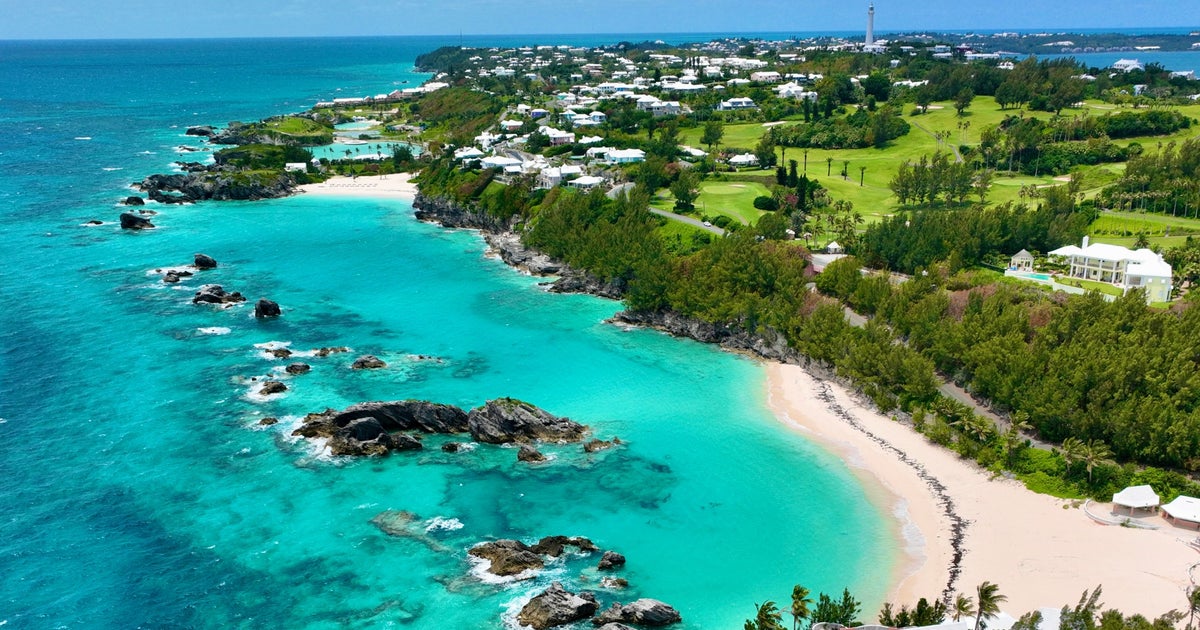Bermuda may look small on the map—just 21 square miles—but it holds a big place in history. This tiny island in the Atlantic has been shaped over 400 years by shipwrecks, slavery, migration, and survival. Today, it’s not just a beach paradise but also a land full of living stories and traditions.
Centuries ago, Bermuda was untouched by humans. It stayed uninhabited until the 1500s because it was so far from other lands. But once European ships started sailing more often, Bermuda became a stopover between Europe, the Caribbean, and the Americas. This made it a key location for trade, travel, and culture.
In 1612, British settlers arrived—and just four years later, enslaved Africans were brought to the island. Their hard work and knowledge helped shape Bermuda’s farms, homes, and way of life. Many of their contributions are still seen today, even though they don’t always get the credit they deserve.
One of Bermuda’s strongest traditions is the Gombey dance. These costumed dancers, with roots in African, Caribbean, and British cultures, were once banned but are now celebrated everywhere on the island. The Gombey dance is more than just a performance—it tells the story of a people who survived and turned pain into pride.
Bermuda’s history includes many interesting facts—from pigs being left by passing ships to the importance of onions. But most importantly, it’s about the strength and culture of the people who call Bermuda home today.
To explore Bermuda’s culture through the voices of locals like Dr. Edward Harris, Dr. Kristy Warren, and Gary Phillips, you can listen to this episode of Lost Cultures: Living Legacies on podcast platforms.
#BermudaCulture #GombeyTradition #LivingHistory #IslandStories #BermudianHeritage #LostCultures #IslandLegac
